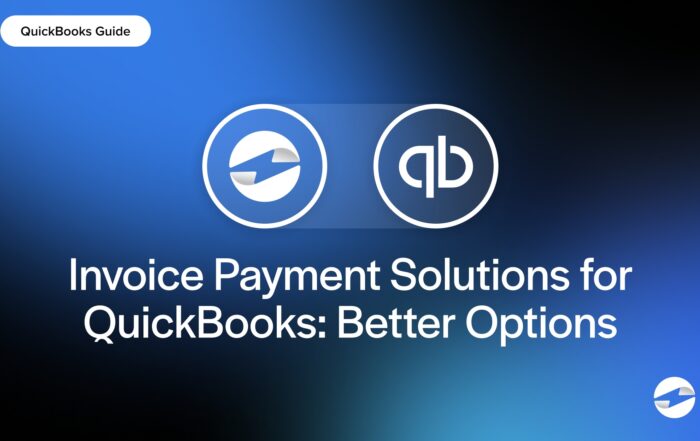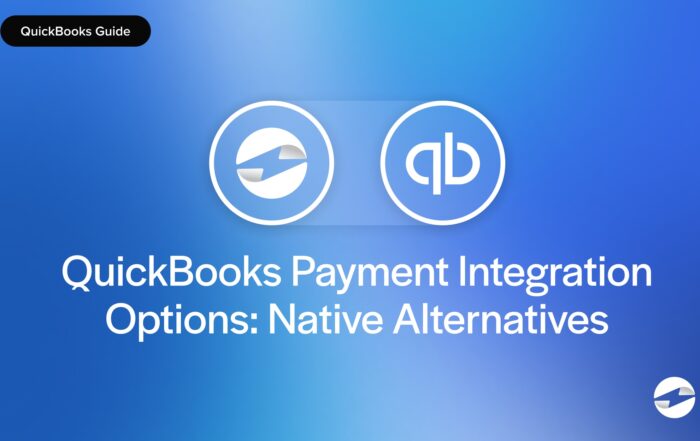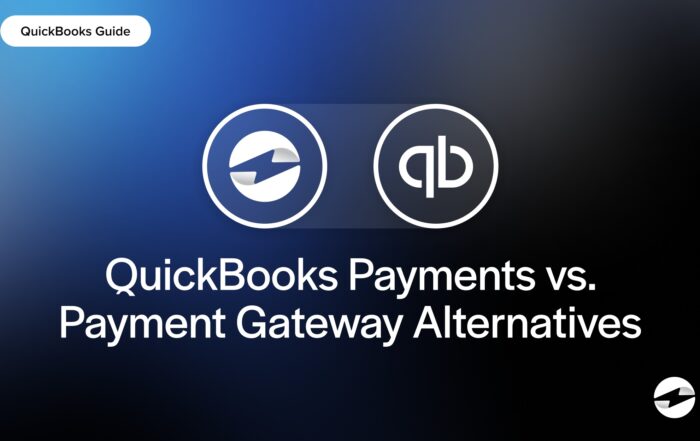What is a general ledger?
A general ledger (GL) records and categorizes all financial transactions. Think of the general ledger as a big notebook that keeps track of every dollar coming in and out. It’s like the heart of a company’s accounting system.
Companies use the general ledger to generate financial statements like the balance sheet and income statement to see how much money they’re making (or losing).
Key Points
- A general ledger tracks all business transactions. It helps record all transactions, such as sales, expenses, payroll, and everything in between.
- An organized ledger helps with decisions. The gl shows profit trends, helps with taxes, and guides business growth.
General ledger example
Let’s say you start a small coffee shop. You need to track every dollar coming in and out to set up a general ledger with different accounts like cash, inventory, revenue, expenses, and payroll.
Here’s what your general ledger might look like in the first week of business:
| Date | Account | Debit | Credit | Description |
|---|---|---|---|---|
| Jan 1 | Cash | $5,000 | Initial investment | |
| Jan 2 | Equipment | $2,000 | Purchased espresso machine | |
| Jan 2 | Cash | $2,000 | Payment for equipment | |
| Jan 3 | Inventory | $500 | Bought coffee beans & milk | |
| Jan 3 | Cash | $500 | Payment for inventory | |
| Jan 4 | Cash | $200 | Received payment for coffee | |
| Jan 4 | Revenue | $200 | Sales recorded | |
| Jan 5 | Rent Expense | $1,000 | Paid rent for shop | |
| Jan 5 | Cash | $1,000 | Rent payment | |
| Jan 7 | Payroll | $600 | Paid barista salary | |
| Jan 7 | Cash | $600 | Payroll payment |
Here’s how these entries work:
- When you put your own money into the business, it increases cash (debit).
- When you buy equipment, inventory, or pay expenses, those transactions decrease cash (credit).
- When you sell coffee, the revenue account increases (credit), showing money earned.
- Payroll and rent expenses decrease your available cash, so all costs are tracked.
Without a general ledger, tracking these financial activities would be a giant headache. You’d have no idea if you’re making money or losing cash. With a GL, you can see trends and profit margins and prepare for tax season without clocking overtime or digging through all your receipts.
A clean general ledger helps business owners make informed decisions like raising prices, cutting costs, or investing in new equipment. A GL is the foundation of a business’s financial records, so every transaction is tracked and accurate. Organizing it means better decision-making, easier tax filing, and long-term financial success.
You May Also Like
Read More
Read More
Read More
Read More



